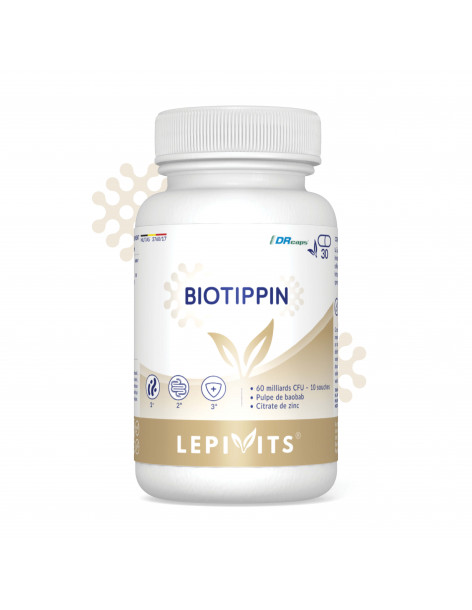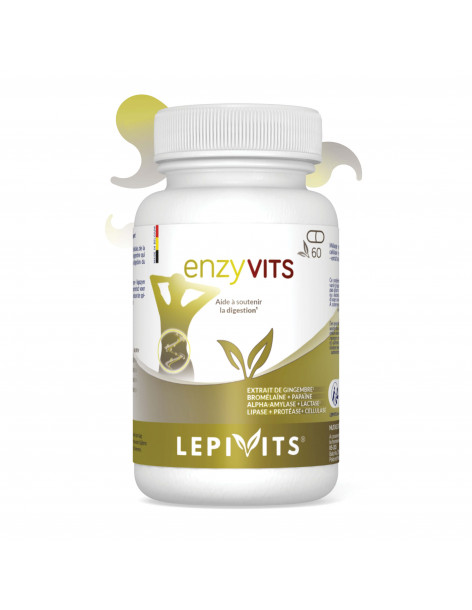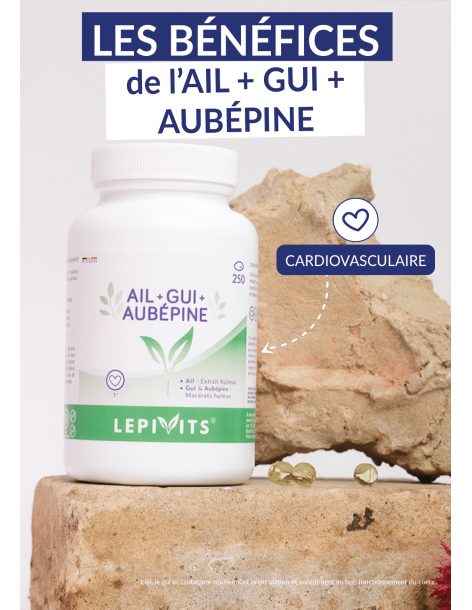PSYLLIUM MAX
1 tablespoon (10 g) to be mixed in a large glass of water (200 ml). To be taken twice a day, 30 minutes before the meal. Attention, it is important to drink a sufficient quantity of water.
The benefits
-
 Intestinal flora
Blond psyllium contributes to intestinal transit and intestinal function. It helps to soften the stools and promote intestinal regularity.
Intestinal flora
Blond psyllium contributes to intestinal transit and intestinal function. It helps to soften the stools and promote intestinal regularity.
-
 Cholesterol
Blond psyllium helps to control cholesterol.
Cholesterol
Blond psyllium helps to control cholesterol.
Product qualities
-
 Casein-free, gluten-free, lactose-free
Casein-free, gluten-free, lactose-free
-
 No preservatives, no pesticides, no artificial colours or flavours
No preservatives, no pesticides, no artificial colours or flavours
-
 Vegan
Vegan
-
 Recycling
Recycling
-
 Pesticide-free
Pesticide-free
-
 Eurofeuille - Label bio de l'Union européenne
Eurofeuille - Label bio de l'Union européenne
Health benefits and properties of Psyllium
The psyllium is rich in fibres which support the good functioning of the intestinal transit.
Contains :
- Teguments/fibers of organic psyllium blond (Ispaghul blond)
Contributes to :
- to maintain the balance of the intestinal flora.
Psyllium is a ballast laxative. The mucilaginous substances it contains absorb water from food. In the intestines, the psyllium seed coats form a "gel" that increases the weight of the stool, improves its consistency and facilitates transit. Compared to other ballast laxatives, psyllium is more effective than calcium polycarbophil, methylcellulose or wheat bran.
There are two kinds of psyllium.
Brown psyllium (or black psyllium) and blond psyllium (Ispaghul):
- Brown psyllium comes from the Mediterranean and Middle Eastern coasts.
- The blond psyllium comes from India and Iran.
Both have the same natural origins, but the blond psyllium is the one that remains the most sold on the market.
LEPIVITS has chosen the best variety of psyllium from India, plantago ovata or blond psyllium, which is composed of more than 85% soluble fiber, a real guarantee of quality. It is resulting from cultures certified 100 % Organic farming.
Helps to fight constipation
The European Commission and the WHO recognize the use of psyllium in case of constipation and in situations requiring an improvement of the intestinal transit and a softening of the stools: pregnancy, hemorrhoids or surgery of the rectum.
Help in case of diarrhea
The high health authorities also approve the use of Psyllium blond in the treatment of diarrhea and for complementary treatment of irritable bowel syndrome.
Clinical research has established that optimal doses are between 20g and 30g of psyllium per day. A double-blind study showed that psyllium tegument taken three times a day (3 x 7g) reduced the pain and bleeding associated with hemorrhoids[1]. Psyllium reduces overall blood cholesterol levels by 8.9%, LDL cholesterol levels by 13%. It also reduces the global and postprandial glucose level by 11% and 19.2% after 8 weeks of treatment with blond psyllium (5.1 g per day)[2].
Organic blond psyllium
LEPIVITS has selected the best variety of psyllium from India, plantago ovata or blond psyllium, which is composed of more than 85% soluble fiber, a real guarantee of quality. It comes from 100% certified organic farming.
Nutritional information
| NUTRITIONAL INFORMATION | 2 tablespoons | AR%* |
| Psyllium Max | 20g | - |
[1] Moesgaard F, Nielsen ML, et al. "High-fiber diet reduces bleeding and pain in patients with hemorrhoids"; Dis Colon Rectum 1982;25:454–6;
[2] Elena Jovanovski, Shahen Yashpal, et al. "Effet de la fibre de psyllium (Plantago ovata) sur le cholestérol LDL et les cibles lipidiques alternatives, le cholestérol non HDL et l'apolipoprotéine B: revue systématique et méta-analyse d'essais contrôlés randomisés" Am J Clin Nutr. 2018 Nov 1;108(5):922-932. doi: 10.1093/ajcn/nqy115.
- Conditionnement
- 250g powder
- Composition
- Ispaghul blond BIO
- Main indication
- Intestinal flora
- Specific indication
- Constipation - Diarrhoea
- Dosage
- 1 tablespoon (10 g) to be mixed in a large glass of water (200 ml). To be taken twice a day, 30 minutes before the meal. Attention, it is important to drink a sufficient quantity of water.
- Recommandations
- Nutritional supplement do not substitute a healthy, balanced and varied diet and a healthy lifestyle. This is not medication. Inform your doctor or pharmacist if you are simultaneously taking Medication. Do not use if you’re pregnant and not for children. Keep out from children. Store in a cool, dry place. Do not exceed the indicated dosage.
- Notification number
- NUT 3760/59
- Posologie (nbr gélules/jour)
- Condition
- New product
- ean13
- 5430003465073


































